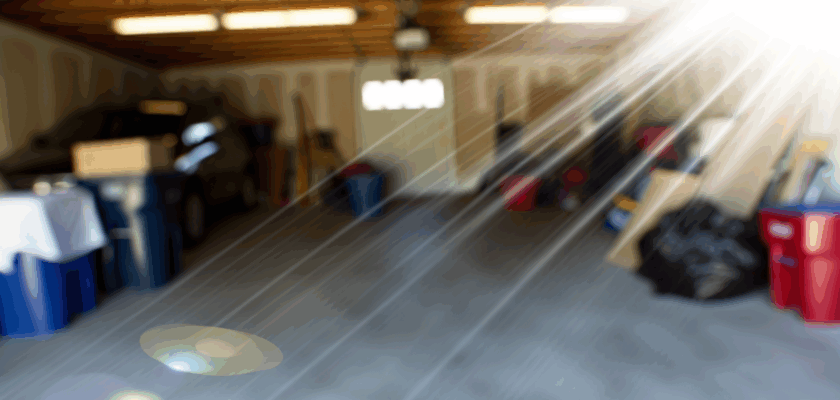As the cold months fade away and warmer days approach, many homeowners turn their attention to spring cleaning. While kitchens and living rooms often receive the spotlight during this seasonal refresh, the garage is a critical area that deserves equal attention. A well-organized garage not only maximizes storage space but also enhances safety and accessibility. This article provides a comprehensive seasonal checklist focused on spring-cleaning your garage, starting with essential tools and supplies, followed by a systematic approach to decluttering the space.
Essential Tools and Supplies for Garage Spring-Cleaning
Before diving into the cleaning process, assembling the right tools and supplies can make the task more efficient and manageable. Basic cleaning materials such as a sturdy broom, dustpan, mop, and buckets are essential to clear out accumulated dirt and debris. Additionally, having industrial-strength garbage bags or bins on hand is important for disposing of unwanted items. Gloves and protective eyewear are also recommended, as garages often harbor dust, spider webs, and potentially hazardous materials.
Organizational supplies play a critical role in the post-cleaning phase. Investing in shelving units, clear storage bins with labels, hooks, and pegboards can help transform a cluttered garage into a streamlined storage area. These items enable homeowners to categorize tools, sports equipment, and seasonal decorations, making retrieval easier throughout the year. Tape measures and markers may also prove useful for planning storage layout and designating specific zones within the garage.
Finally, specialized tools for deeper cleaning should not be overlooked. A shop vacuum is highly effective for removing sawdust, dirt, and small debris from floors and corners that a broom may miss. For garages with concrete floors, a pressure washer can tackle stubborn stains and oil spots. Disposal options for hazardous waste, such as old paint cans, motor oil, or batteries, should be researched ahead of time to ensure proper environmental handling and compliance with local regulations.
Step-by-Step Guide to Decluttering Your Garage Space
The first step in decluttering your garage is to completely empty the space. Removing all items provides a blank canvas for thorough cleaning and allows for an honest assessment of belongings. Once emptied, sweep and mop the floor, clean windows, dust shelves, and check for any signs of pests or structural damage that may require attention before reorganizing.
Next, sort through the items by grouping them into categories: keep, donate, sell, recycle, or discard. Be realistic about what is truly needed and used regularly. Items that have not been touched in over a year or are broken should be considered for removal. This step helps reduce clutter and creates space for more functional storage solutions. For donations and sales, local charities, community groups, and online marketplaces can offer avenues for repurposing or selling usable goods.
The final phase involves strategic organization and storage. Begin by installing or arranging your shelving, hooks, and storage bins based on the categories identified earlier. Keep frequently used tools and equipment within easy reach, while seasonal or rarely used items can be stored higher or in less accessible areas. Labeling bins and shelves enhances efficiency and ensures the garage remains organized throughout the year. Regular maintenance, such as quarterly checkups, will help preserve the space long after the initial spring cleaning is complete.
Spring-cleaning your garage is more than just a seasonal chore; it is an opportunity to improve your home’s overall functionality and safety. By preparing with the right tools and supplies, systematically decluttering, and implementing thoughtful organizational strategies, you can transform a chaotic garage into a tidy and efficient space. With these steps in mind, homeowners can embrace the new season with a clean, orderly garage that meets their storage needs year-round.

